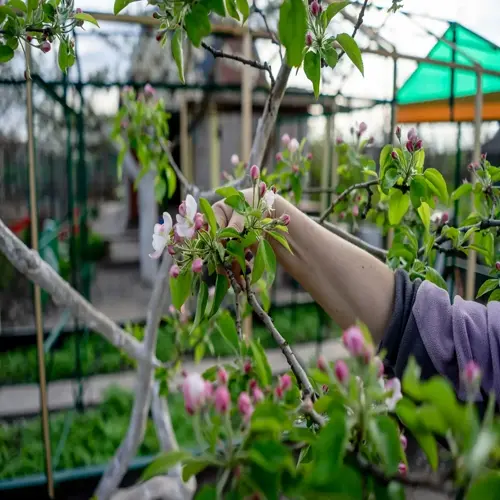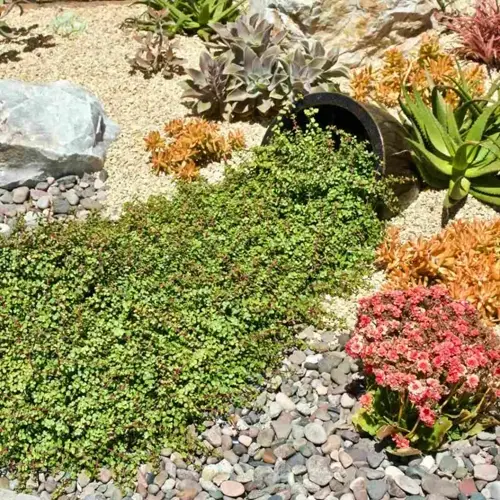How do I safely prepare edible flowers?

Written by
Michael Sullivan
Reviewed by
Prof. Samuel Fitzgerald, Ph.D.The safe preparation of edible flowers prevents health hazards while preserving their flavor and aroma. Proper identification is critical to avoid harmful lookalikes (e.g., oleander). Easily remove contaminants by gently cleaning to prevent damage to the delicate petals. Always obtain blossoms that are free of pesticides, whether homegrown or purchased. These steps will produce beautiful additions to meals that are safe and healthy.
Species Verification
- Method: Use botanical field guides
- Tool: Plant identification apps
- Warning: Avoid toxic lookalikes like hemlock
Cleaning Techniques
- Solution: 3:1 water-vinegar soak
- Time: 5 minutes max
- Drying: Salad spinner or paper towels
Pollen Removal
- Flowers: Lilies hibiscus daylilies
- Tool: Tweezers for precision
- Reason: Reduce allergens and bitterness
Verify the identification of plants before harvesting to ensure accuracy and precision. Compare with established pictures that show the leaf form, flower color, stem form, and general growth habit. The leaves of Digitalis purpurea (foxglove) are rough and fuzzy, while the edible form of comfrey has smooth leaves. Purple spots are to be found on the stems of Conium maculatum (hemlock) and are not found upon the wild carrots. In case of any doubt, do not disturb the plant.
Thoroughly clean flowers without damage. For tough flowers, such as roses, soak them in vinegar water; for tender pansies, spray them with cold water. Do not delay drying since wilting results. Never use cut flowers unless they are labeled as safe for consumption. All home-grown flowers should be allowed to stand for 48 hours after application of poison.
Always perform allergy tests before consuming flowers. The petals should be rubbed on the wrist, and the area carefully observed for 15 minutes. If any irritation occurs, such as redness or itching, do not use. New flowers should be used in small quantities at first. Children and pregnant people should consult their physician, and emergency numbers should be available when a new flower is introduced.
Properly store prepared blooms. Refrigerate flowers in containers lined with damp towels. Freeze borage in ice cubes for a refreshing drink. Infuse honey or oil with lavender, and label containers with the date of preparation. Discard any flowers that wilt or discolor.
Read the full article: 20 Edible Flower Varieties for Gourmet Gardens

